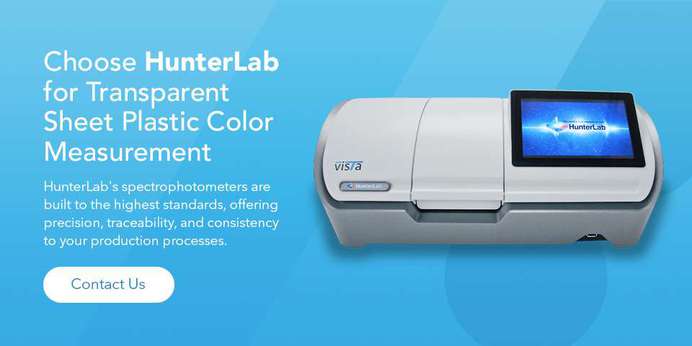
Manufacturers of transparent plastics know all too well that haze can present challenges in achieving the desired outcomes. Too much scattering of the transmitted light produces a cloudy appearance that impacts consumer quality perceptions of quality and buying decisions. As a result, upholding consistent quality requires sophisticated tools that accurately and scientifically quantify color and haze.
Spectrophotometers inspect these attributes objectively, providing numerical values to compare. These devices help eliminate product appearance variations so you can regularly and effectively meet consumer expectations for quality.
Choose the Right Color Spectrophotometer
Benchtop spectrophotometers are ideal for measuring color and ensuring uniformity in plastic products. To ensure consistency, manufacturers should measure points across the entire range of production.
Using a spectrophotometer to measure the color of transparent sheet plastic offers several benefits, such as:
- Accurate data: Spectrophotometers provide reliable color data that reflects its actual color.
- Repeatability: These instruments provide a repeatable way to measure color, minimizing errors and facilitating consistent color throughout production.
- Standard compliance: HunterLab's spectrophotometers follow industry standards for color measurement, ensuring consistency across the supply chain.


